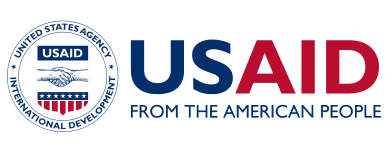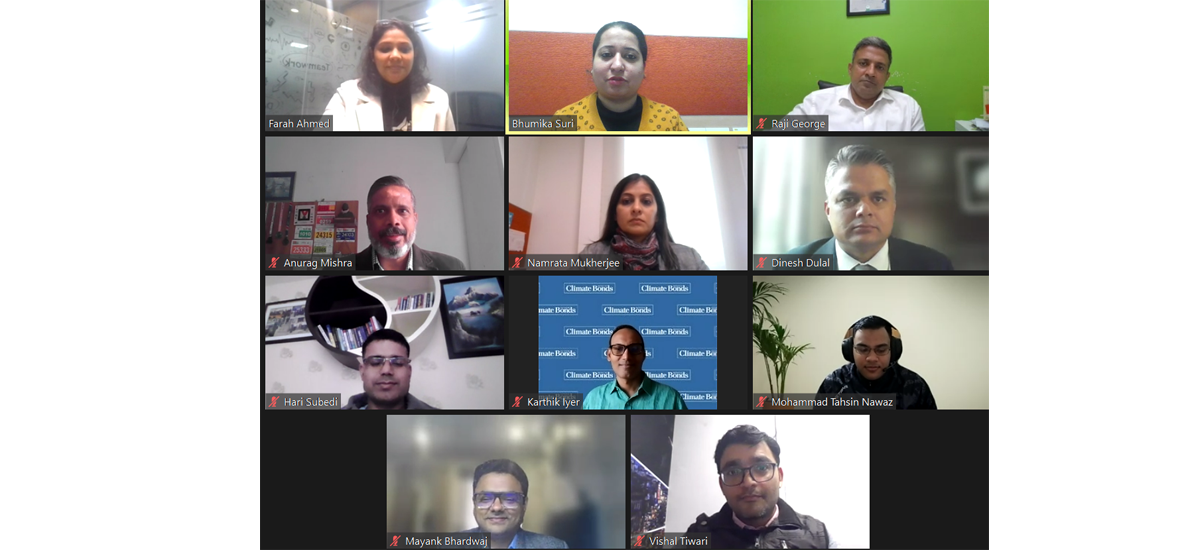The South Asia Regional Energy Hub (SAREH) organized a webinar, ‘Accelerating Adoption of Green Bonds in South Asia’, on December 22, 2022, from 3 PM to 5 PM IST. This webinar is part of SAREH’s South Asia Energy Series, which is a set of quarterly virtual learning sessions designed to promote knowledge sharing and education on significant issues associated with the transition to sustainable energy. The webinar highlighted green bonds, their role in funding green projects, and the need and possible approaches to speed up the use of green bonds in South Asia.
The region’s climate goals and clean energy commitments require huge investments. India needs about USD 363 billion till 2030 to set up the targeted renewable energy capacity. In addition, energy efficiency and e-mobility in India shall require USD 10-35 billion and USD 266 billion, respectively till 2030. Bangladesh, a gas-dominated generation country with increasing demand, is expected to face an energy deficit in the coming years. Investments to the tune of USD34 billion will be required by 2040 to address deficits and enhance installed capacity. Similarly, Nepal, which provided a long-term strategy for net zero emissions, shall require an estimated cost of USD43 billion till 2030.
The conventional sources of capital that have been deployed in the past seem inadequate to meet such large investment requirements. Financing instruments like green bonds are strategic approaches to attract international capital and bridge the gaps in investment requirements of clean energy.
The energy series webinar event featured finance experts who shared their experiences, knowledge, and insights on green bonds.
Anurag Mishra, Senior Clean Energy Specialist, USAID/India highlighted the climate and net zero commitments by various South Asian countries, the need to mobilize private sector investments into clean energy and the quantum of investments required, USAID’s assessment of barriers to such investments, and its recent market assessment report that identifies the critical financing gaps and private sector engagement opportunities for Mobilizing Private Sector Participation and Investment.
Mayank Bhardwaj, Objective Lead, Mobilizing Investments, from USAID South Asia Regional Energy Partnership (SAREP), delivered a presentation on accelerating the adoption of green bonds in South Asia in which he touched upon investment requirements and financing gaps, types of new and innovative financing instruments, the green bonds market, etc.
The event also included a panel discussion, ‘Major challenges in raising green bonds and possible solutions’, followed by a Q&A session, both of which were moderated by Namrata Mukherjee, Deputy Chief of Party (Trade & Investments), SAREP.
Karthik Iyer, Principal Advisor, Climate Bonds Initiative, spoke on demystifying green bonds. He explained green bonds as a conduit for investments into green projects. He also spoke about the categorization of a green bond and how to define its structure and nature. Dinesh Dulal, Head of Sustainability, NMB Bank, Nepal, spoke on his learnings from the experience of the bank releasing an energy bond in Nepal, and gave the country perspective. He cited the lack of a green taxonomy and managing the foreign exchange in the issuance of a USD-dominated offshore bond as major challenges.
The other speakers: Raji George, Vice President and Head of Corporate Finance, Avaada Energy, and Nikunj Kathuria, Senior Vice President, Corporate Finance, ReNew Power spoke from their experiences of issuing green bonds in India. Avaada had issued India’s first AAA-rated bond, and Mr. George spoke of the importance of good ratings to gain investor confidence. He also stressed that the timing of issuing the bond is very important.
In response to a question about why ReNew Power chose green bonds over other instruments to raise capital, Mr. Kathuria said that they try to mobilize as many sources of debt as possible to bring diversity in their debt. On the issue of hedge costs, he too said that it remains a challenge.
There 145 attendees joined on the live webinar. The event was also streamed live on YouTube which is available here (https://www.youtube.com/watch?v=gZ76mrw5lgU&t=35s )
Agenda
Presentation


